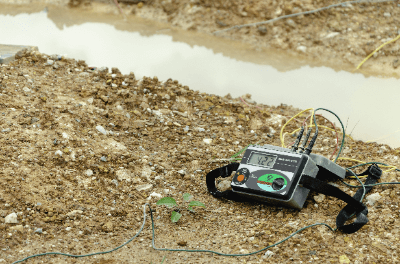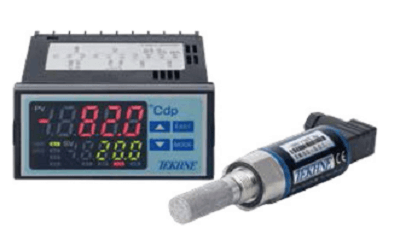What Is a High Frequency Power Supply?
A high frequency power supply is a power supply that outputs a constant voltage with a frequency ranging from several kHz to several hundred kHz.
Power supply types are classified according to their switching elements, with some using transistors and others using vacuum tubes. The vacuum tube method has been used for a long time and uses a large transmitter tube and transformer, so the size of the power supply is large.
On the other hand, the method using transistors has recently seen the development of inverters that use elements called MOSFETs, and the advantages are smaller size and higher power supply output efficiency. High frequency power supply is mainly used to heat objects using a method called induction heating.
Industrial applications include quenching, ERW pipe welding, thin steel plate heating, plasma generation, and cleaning.
Uses of High Frequency Power Supplies
High frequency power supplies are used to generate eddy currents to heat objects in high frequency induction heating. Specific applications are as follows:
- Microwave and electromagnetic induction heating
- Plasma generation
- Surface modification
- Cleaning
Used in semiconductor and LCD manufacturing, MEMS manufacturing, solar cell manufacturing, plasma cleaning, steel and forging industries. It is also increasingly used in the new materials industry, food manufacturing, building materials manufacturing, wood drying, medical thermotherapy, electronics, automotive, vinyl fusion, and other industrial fields.
High frequency power supplies for plasma generation excite plasma by means of a high frequency electric field, thereby heating the ions and electrons that form the plasma. By irradiating the surface of polymer materials and other materials, they can be used to select the type of functional group and control the radical species on the surface, which is also used in the development of functional materials.
Principle of High Frequency Power Supplies
To generate a high frequency power supply, the input AC power supply must be converted once to DC, passed through an inverter, and then converted again to AC. First, the AC power supply is converted to DC using bridge diodes.
A bridge diode is an element consisting of six diodes connected in a bridge. By inverting the negative voltage side of the AC power supply, a DC voltage can be output. Next, the DC voltage is converted to a square wave using a switching element, and this square wave is connected to a matching transformer.
The voltage is then converted according to the number of transformer windings, and finally converted to AC power in a resonant circuit.
Types of High Frequency Power Supply
High frequency power supplies (inverters) are classified according to their switching elements.
1. Thyristor Inverter
Thyristors are used as the oscillator element. They are suitable for commercial power supply frequencies up to 10 kHz and high voltages, and have a large element.
Suitable for small oscillators 500W to 2kW. The element is small and is used for handy types, etc.
3. IGBT Inverter
GBT stands for “Insulated Gate Bipolar Transistor.” The elements are large and suitable for high-current applications and series resonance circuits. The frequency range is: 10kHz to 50kHz, for high output.
4. MOSFET Inverter
MOSFET stands for “Metal-Oxide-Semiconductor Field Effect Transistor.” It is suitable for high-frequency applications and is smaller than other devices. Frequency range is 100kHz to 400kHz, so it is not suitable for high output power.
5. Vacuum Tubes
Vacuum tubes are suitable for high-frequency applications, self-excited oscillation type with frequencies ranging from 100 kHz to 10 MHz. They use a large transmitter tube and a large transformer, so the equipment becomes larger.
Other Information on High Frequency Power Supply
Types of Power Supply Control
1. Voltage Control
This control method uses thyristors or other elements to suppress DC voltage. It is suitable for quenching because the frequency is fixed and the current penetration depth can be fixed.
The circuit is complex and expensive because of the need for flattening with a power supply capacitor.
2. Current Control
On the oscillator side, the output current value is constant because the frequency is varied by automatically adjusting the load resistance to match the indicated current value. Therefore, the oscillator frequency is always changing.
3. Power Control
The input power value is calculated by multiplying the voltage and current value of the DC section. The output is then controlled with respect to the indicated value.
4. PWM Control
This is a control method found in small oscillators. It is a control method in which the pulse width (duty ratio) is varied while the period remains constant.

